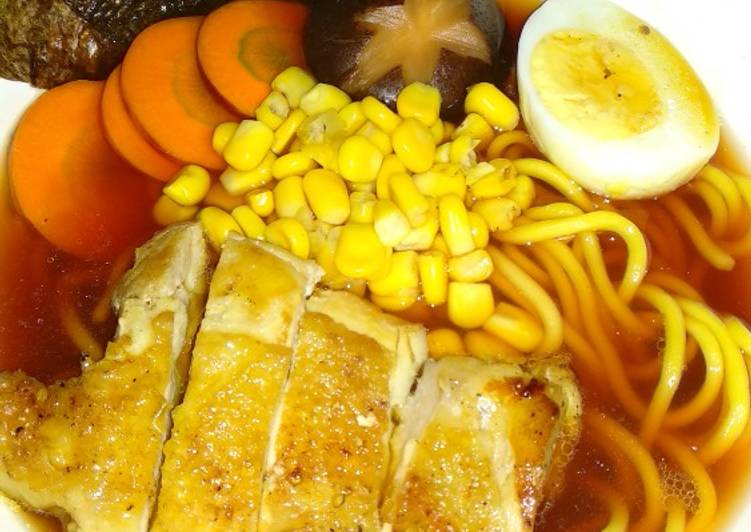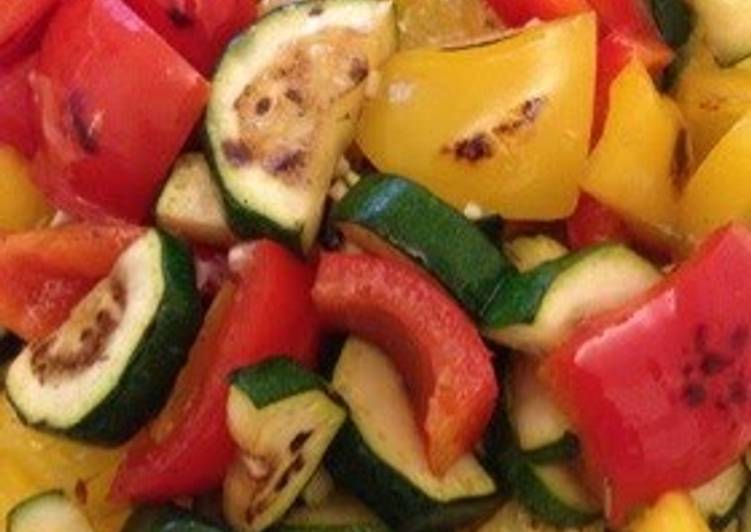Hello everybody, welcome to our recipe page, if you're looking for Zero Waste Ramen recipe, look no further! We provide you only the best Zero Waste Ramen recipe here. We also have wide variety of recipes to try.

Before you jump to Zero Waste Ramen recipe, you may want to read this short interesting healthy tips about {The Basics of Being Healthy. Becoming A Healthy Eater
Healthy self esteem originates in the environment found at the: family, school, peer group, work area, and community. There are certain features of your surroundings which have to be current in order for self esteem must be sabotaged and grow.
The major component of a healthy environment for self esteem is the fact that it should be nurturing. It needs to offer the understanding that other people are known as deserving to be nurtured, reinforced, rewarded, and ensured to.
Healthy environment for self esteem conveys messages of warmth, loving, and affectionate by bodily touch, meeting the survival needs of food, clothing and shelter, and giving a feeling of equilibrium and order in everyday life.
A healthy atmosphere for self esteem ought to offer approval. It will recognize the other people see each other as worthy individuals who have a exceptional set of personality traits, skills, abilities, and competencies which makes them unique. Acceptance enables people to develop relationships with other people, yet maintain healthy boundaries of identity inside themselves.
In the healthy environment for self esteem should be good communicating, everybody should be heard and responded to in a healthy manner so that healthy problem solving is possible. Suitable giving and receiving feedback will be encouraged and rewarded.
That recognition and approval shouldn’t be based upon the condition that they must conform to a prescribed standard of behavior or behavior. That can be unhealthy. Unconditional recognition and acceptance supplied in the form of support makes it possible for individuals to reach their ultimate potential.
The healthy environment for self regard ought to be clearly defined and enforced limits known to individuals with no hidden tricks or exploitation. Limits enable individuals to recognize their responsibilities and to chart their path of behaviour in a reasonable way.
Respect and latitude for human action within the specified limits of the healthy environment for self esteem should be present as well. This encourages people to utilize their creativity, ingenuity, and creativity to become productive within the recognized structure. Limits that suppress identity may cause a narrow focus, together with people getting stunted and handicapped in the usage of their own skills, skills, and resources.
At length, healthy atmosphere for self esteem ought to be bonding, which is the physical/emotional occurrence between people and others in their own environment. This is essential for the growth of healthy self esteem. Bonding is forming a mutual psychological attachment between an individual and a"significant other" (parent, child, friend, fan, etc.). This involves the substantial other giving unconditional love and assistance as well as developing a psychological connection between every other.
We hope you got insight from reading it, now let’s go back to zero waste ramen recipe. You can have zero waste ramen using 16 ingredients and 8 steps. Here is how you achieve that.
The ingredients needed to cook Zero Waste Ramen:
- Use Veggie scraps perfectly washed and clean
- Provide 2 boneless chicken thighs
- Take Fresh or dry ramen noodles
- Use 1 Roasted Nori sheet
- Prepare 2 eggs
- Use 1/2 cup soy sauce
- Use 1/2 cup chicken stock or dashi stock
- Provide 1 clove garlic
- You need 1 inch slice of fresh ginger
- You need 1 scallion
- You need 2 tsp brown sugar
- Prepare 1 tsp rice vinegar
- Use 1/4 cup mirin
- Take 1/4 cup sake or dry white wine
- You need Toppings of your choice
- Prepare to taste Salt and pepper
Instructions to make Zero Waste Ramen:
- Put veggie scraps in a large heavy pot and cover with water. Add around 2 tsp of salt, and bring to a boil. Boil them in high heat for about an hour tops.
- Remove the pot from the fire and strain the veggie scraps, reserving the resulting broth. It will be very bland. Don't worry, you can adjust the seasoning later.
- In a sauce pan mix the chicken or dashi stock with the soy sauce, the mirin, sake, sugar, rice vinegar, smashed garlic and ginger, and scallion. Stir and bring to a simmer. Cook on low heat until the mixture has reduced to about 1/2 cup of liquid. Be careful not to let the soy sauce burn. This will be the Tare, and will adjust the seasoning of the ramen.
- Boil two eggs, straight from the fridge, for 6 minutes. Start counting once the water starts boiling. The yolk should come up soft, or at least, perfectly yellow with no grayish rim.
- Add salt and pepper to both chicken thighs. In a skillet, cook the thighs skin side down first, until crispy and golden. Then flip and repeat. Set aside to rest, then cut each thigh into bite size strips.
- Cook the ramen noodles as instructed in the package. If you can't find any, use fresh spaghetti and replace the salt in the water with baking soda (sodium bicarbonate). Around 2 tsp should do.
- Fold the nori sheet four times and cut it into little rectangles.
- Finally, assemble the ramen: place 3 tbsp of tare in the bottom of the bowl, then add the noodles, followed by 4 ladlefuls of veggie broth. Place the toppings on top (the chicken thigh, and the egg sliced in half, and 4 nori sheets). I also added a shitake mushroom, a few slices of carrot, and corn. Be creative, and add any topping you want. Some flavoured oil can also add a great finishing touch (chilli oil, sesame oil, garlic oil, etc).
If you find this Zero Waste Ramen recipe helpful please share it to your close friends or family, thank you and good luck.


